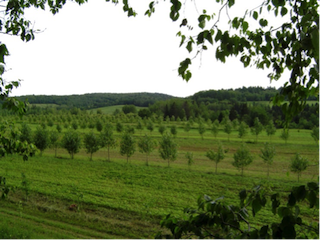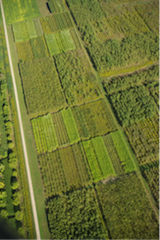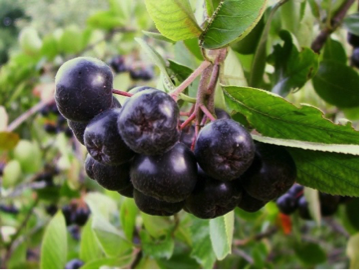European Agroforestry - building in momentum

The European Agroforestry Federation (EURAF) has been active on many fronts. Although policies, regulations and programs in North America are, in many cases, substantially different from those in the various European member countries and the European Union, especially under the Common Agricultural Policy, AFTA members will be interested to read, not only about the EURAF initiatives, but also about the various member countries.
The EURAF website offers hours of interesting reading at: http://www.agroforestry.eu and highlights local initiatives, public events and practices in all Europe’s diversity, from the dry Mediterranean climates of Greece, Italy and Spain, to northerly regions such as Sweden and Scotland.
- Details
- Written by John Kort
- Parent Category: 2015 Vol. 21
- Category: Volume 21 No. 1 March 2015








